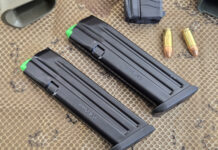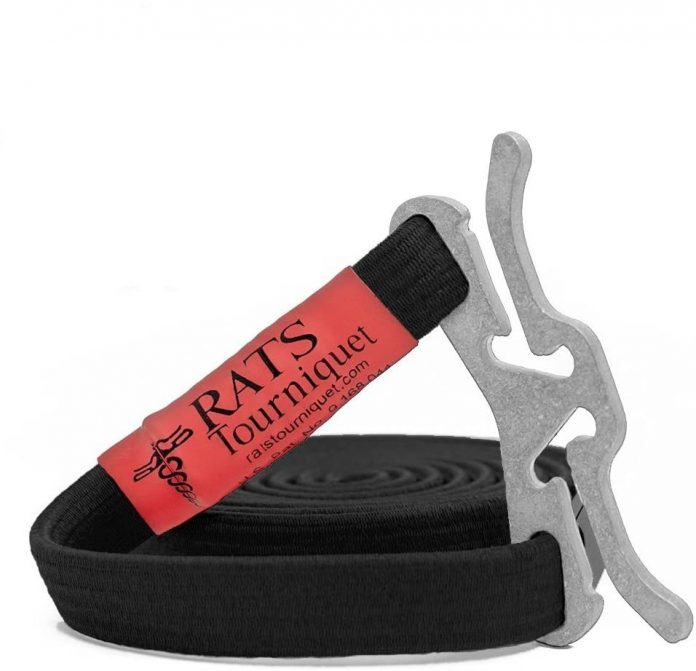
The RATS is still kicking around, and it seems like regardless of what the tactical medical community does, they remain somewhat popular. Not popular with police, military, or professional emergency medical technicians, but with the everyday joe crowd. I see why. They are admittedly very easy to carry and quite convenient. I get it because I was even once a fan at first sight. I saw the design and thought it looked like a great idea.
Luckily, I got slapped with some truth and have learned from my ways. It seems like some other folks, everyday Joes, need a little truth slap. Admittedly searching through medical information can be dull and difficult, but I wanted to gather the main reasons and turn them into easily digestible bites of information on why you should toss the RATS and get a CAT.
The RATS Is Too Thin
The use of an elastic-like band to treat bleeding wounds isn’t new. We used similar tourniquets during the Second World War. Tubing was used with various clips to help prevent bleeding. Although it bears mentioning the German forces had windlass tourniquets. The tubing likely did save lives, but we moved on from M1 Garands and Tommy guns, and we should move one from elastic bands.
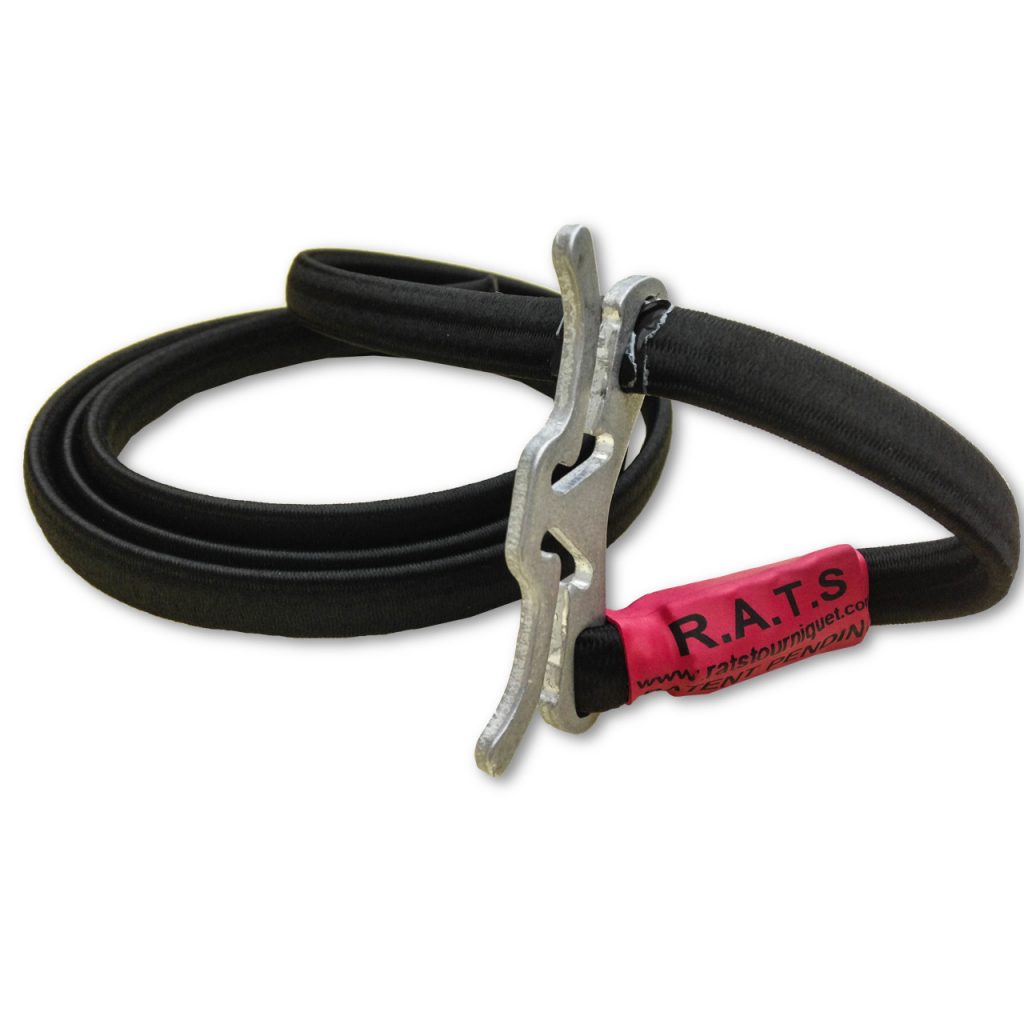
They can work, but they are not optimal or even suboptimal. The thinner design of the RATS creates less reliable occlusion. There is less room for error, and in a situation where you are saving a life, you are bound to make mistakes. Stopping arterial hemorrhage requires a nice wide strap.
Additionally, the thin nature of the band can create excessive pain in the patient when you finally achieve occlusion and stop the bleeding. In the CoTCCC testing, the RATS scored a one out of five for pressure.
The RATS is Too Slow To Apply Effectively
To stop the bleed with a RATS, you have to apply it in near-perfect concentric wraps. Good luck doing that when time is of the essence, you’re wounded, or your patient is covered in blood and screaming. It takes significant effort and practice to perfect. Everyone advocates training, and you should train with your TQ, but the RATS would require a lot more time to perfect the wrapping technique and ensure occlusion.
That time could be spent training in other life-saving techniques. When the CoTCCC tested the RATS compared to other tourniquets, it scored a 0 out of 5 for time to occlusion. It can achieve occlusion, but it takes a lot longer.
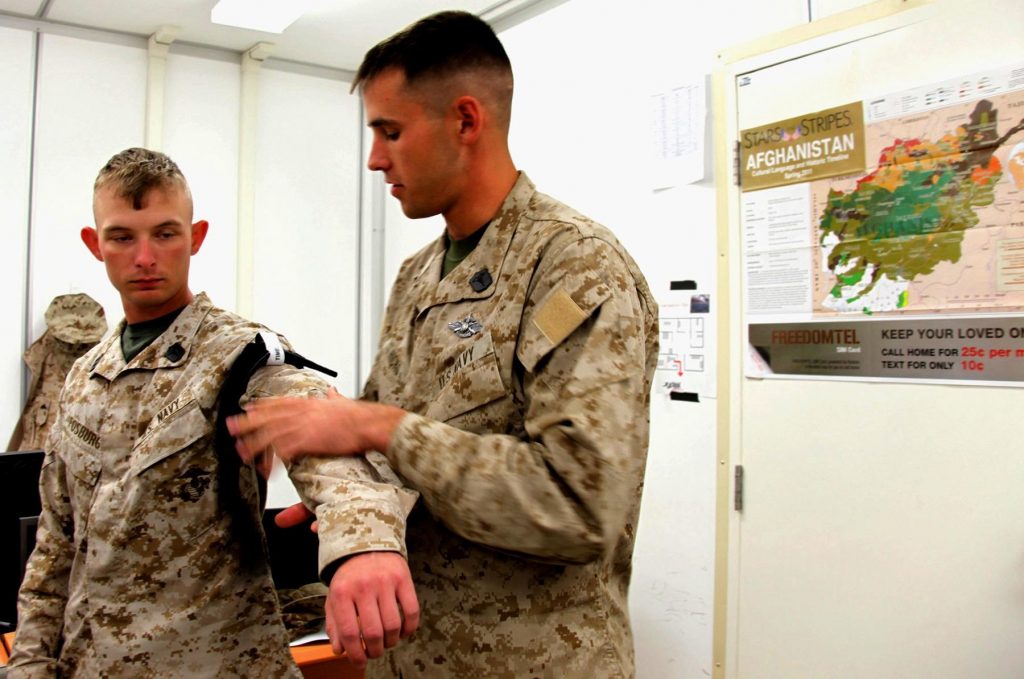
They Are Difficult To Apply One Handed
I can twist a RATS around my arms with one hand plenty easy. It’s just a cord, right? Well, doing it and doing it right are two different things. Unlike a CAT which I can just slide up my arm and tighten the windlass, I have to make sure the cord wraps around my arm just right to get the right amount of dispersion to occlude blood flow. This takes time, and the coordination required to do so is quite high. Imagine trying to do so while potentially covered in blood, with injuries, and all that jazz?
Taking It Off Blows Clots
Without a windlass, there is no way to slowly loosen the tourniquet. Eventually, you’ll have to remove it and to do so, you’ll have to apply a CAT or similar tourniquet above the RATS. This way, you can slowly let off the windlass. Removing the RATS without another tourniquet will essentially let the blood rush back to the wound at full force. With a windlass, it can be backed off slowly to ensure the blood has stopped flowing. This would only ever be done by higher-level medical, but it is worth noting.
They Are Not CoTCCC Approved
RATS has a bit of a sketchy history with TCCC approval. TCCC, or as the acronym is properly laid out, CoTCCC, is the committee on Tactical Combat Casualty Care. The CoTCCC is a brilliant organization that works for the Defense Department. They evaluate, gather data, and interpret it to help improve and produce modern casualty care. While they are the CoTCCC, everyone just called them TCCC.
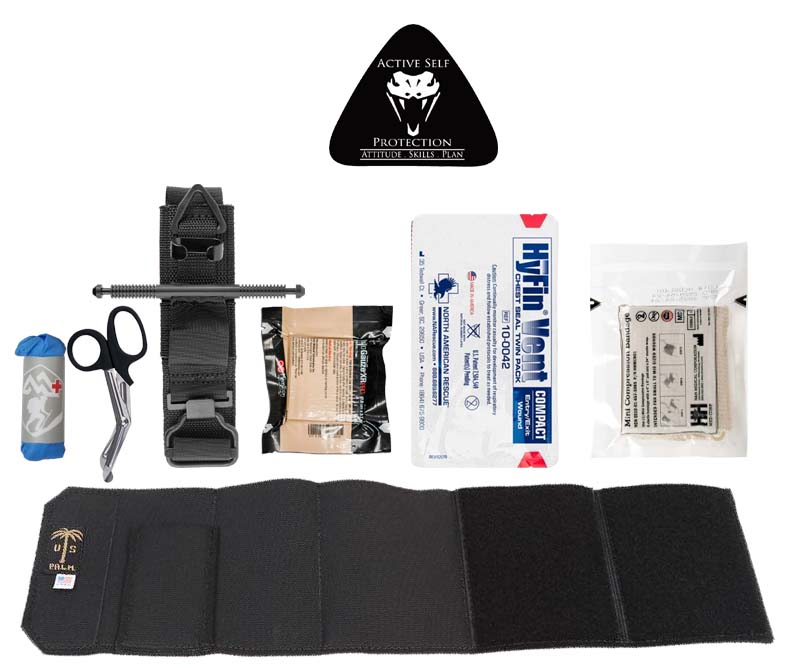
RATS used to advertise that they were TCCC-approved. They have never been CoTCCC approved but are USTCCC approved. USTCCC is a separate organization with nothing in common with CoTCCC. CoTCCC does not endorse products per se, but they do recommend products based on testing and evaluation. This is why the CAT tourniquet is so well regarded and is the standard by which tourniquets are judged.
Ultimately the decision is yours to make, but most unbiased medical sources see and point out the issues with the RATS. The CAT still dominates for a reason, it works, and its saved countless lives at this point. Hopefully, I’ve helped make the decision a little bit easier.

